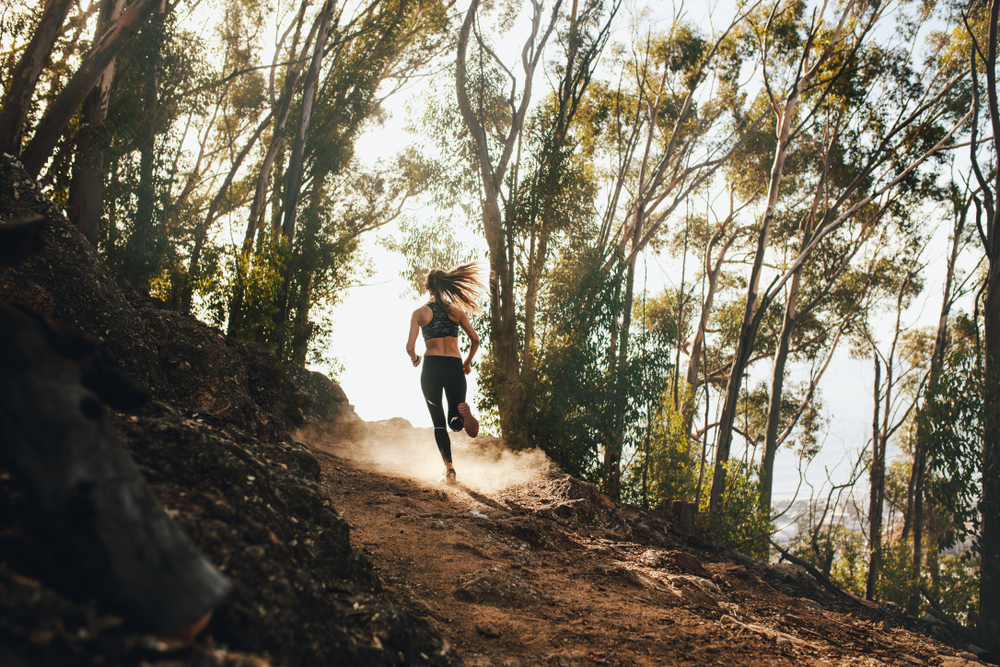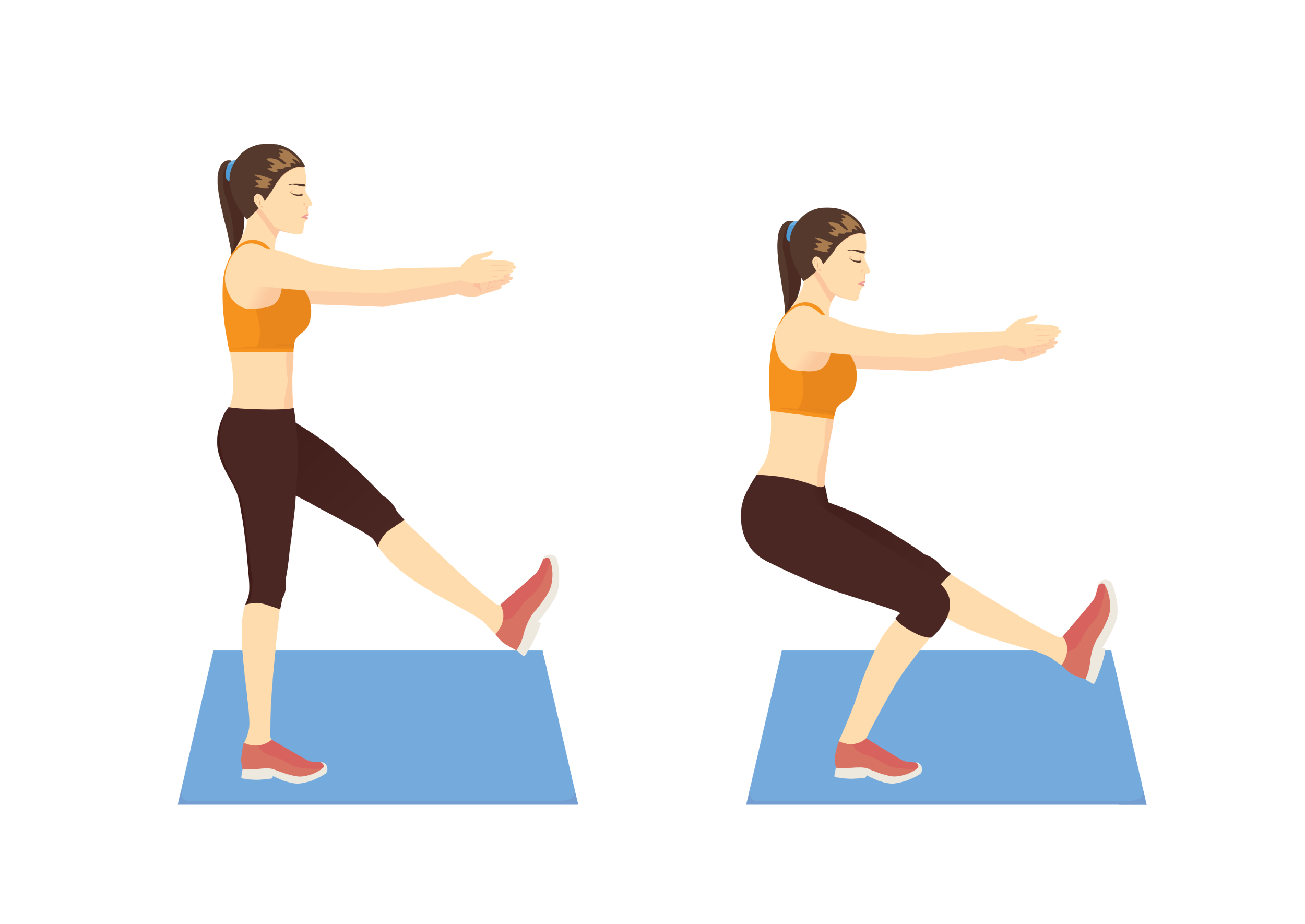Running off-road can be a refreshing change from pounding the pavements and having to deal with pollution, pedestrians and buggies. It’s also a great way to get fit – but make sure you have the right kit and a good technique. Follow our top tips…
1. Invest in a pair of trail running shoes
Your current road or gym shoes are unlikely to cut it on the trails – particularly on hilly, muddy or rocky terrain. Ensure you have the right footwear to keep you secure, with the right grip for the right surface.
2. Transition gradually
‘Give yourself time to develop your off-road experience,’ advises running coach Tom Craggs. ‘Don’t head straight out and aim to summit Snowdon or Ben Nevis straight away. Develop your confidence and experience running on gently rolling grass and marked trail routes. As you develop more experience you can get more ambitious to target more technical routes or harder terrains.’
3. Slow down

Running over hills, through mud and around trees is, inevitably, going to reduce your speed. Your first proper trail-running venture will probably have you puffing more than usual, but it can be made easier by simply adjusting your pace. After a few runs, as you find your rhythm and confidence, you can pick it up a bit. But it’s important to note that for many, the beauty of trail running is its peaceful detachment from the competitive, time-based world of road running.
4. Keep your eyes peeled
Think of the trail as nature’s obstacle course. Even well-worn routes can spring a few nasty surprises for the unsuspecting runner. While road runners are often taught to look at an imaginary horizon aim to keep your eyes fixed at a point five to six metres ahead of you. Of course, take in the scenery when possible, but to avoid rogue roots, ensure you’ve planned several steps ahead.
5. Perfect your uphill technique
Maintain an upright posture by engaging the core and pushing through the pelvis. Avoid the temptation to slump in pain. Always look ahead, not at your feet, and keep your stride length the same as normal or slightly shorter, particularly as the hill gets steeper. Drive your arms in order to create force and momentum.
6. Descend with care
Running uphill may be exhausting, but you can normally keep going. Running downhill, on the other hand, can end your day in a number of ways, including tripping you up and sending you flying face-first. On any descent, engage your core muscles to reduce the workload for your limbs. Think of your core as leading by example – if it’s working properly, then so will your legs and arms. ‘Windmilling’ your arms in small circles will also keep you balanced when running at speed, while making it easier to change direction.
7. Quicken your step
Although you’re likely to slow down up the hills, try your best to maintain flat-level cadence. Aside from efficiency (long, lunging strides will tire you out in no time), quick steps help to protect your joints; by keeping your feet underneath your frame, less pressure is exerted onto the ankles and knees. Keep your back straight and convert to a mid/forefoot strike in order to bounce up the hill.
8. Boost your balance

‘Balance is key for trail running,’ says Wild Running founder Ceri Rees. ‘Single-leg squats will help to improve your stability while skipping with a rope and jumping on the spot are great for improving foot placement, balance and rhythm.’
9. Simplify your routes
To begin with, avoid circular routes, as there’s no telling how long it will take you or how easy it will be to follow. Street names and road signs are decidedly absent on trails, and until you’re familiar with your surroundings turning right at the seventeenth Sycamore isn’t that simple.
10. Carry essentials
It is possible to get lost if you’re running in the woods or a secluded area where it’s not so easy to keep track of where you’re going. Make sure you are carrying water and an energy gel or bar so that you can stay hydrated and well-fuelled in case you end up doing more miles than planned!







